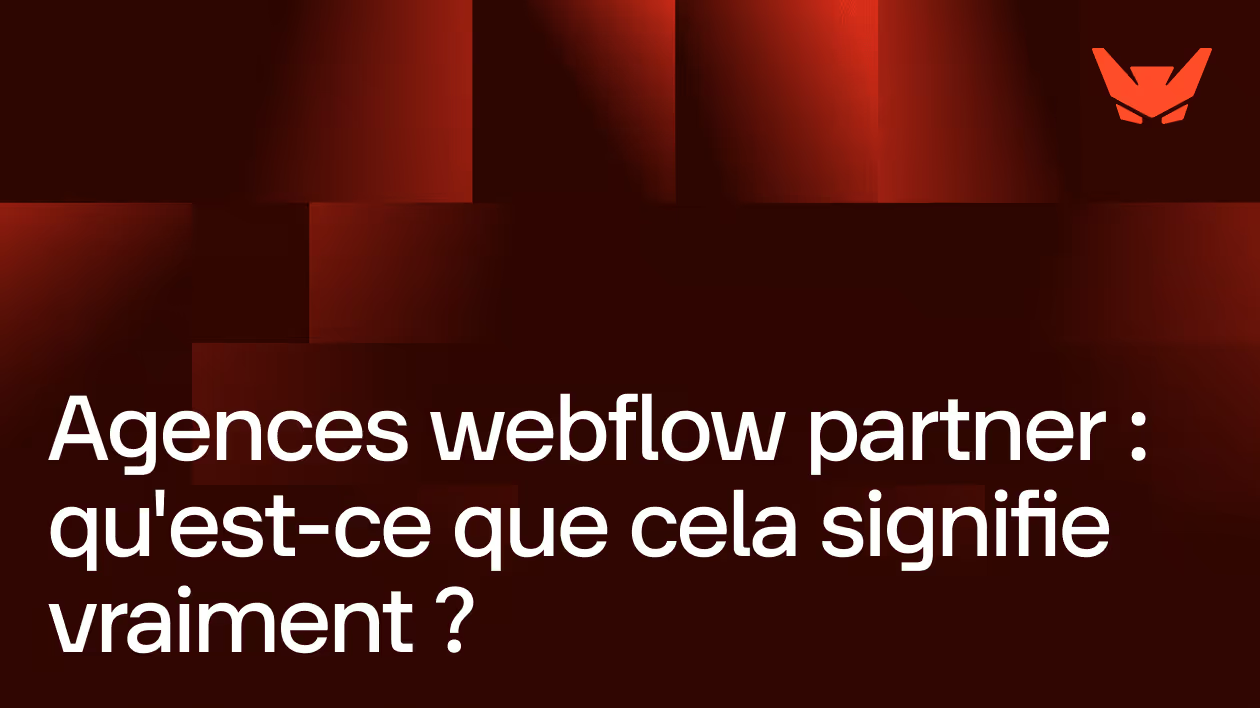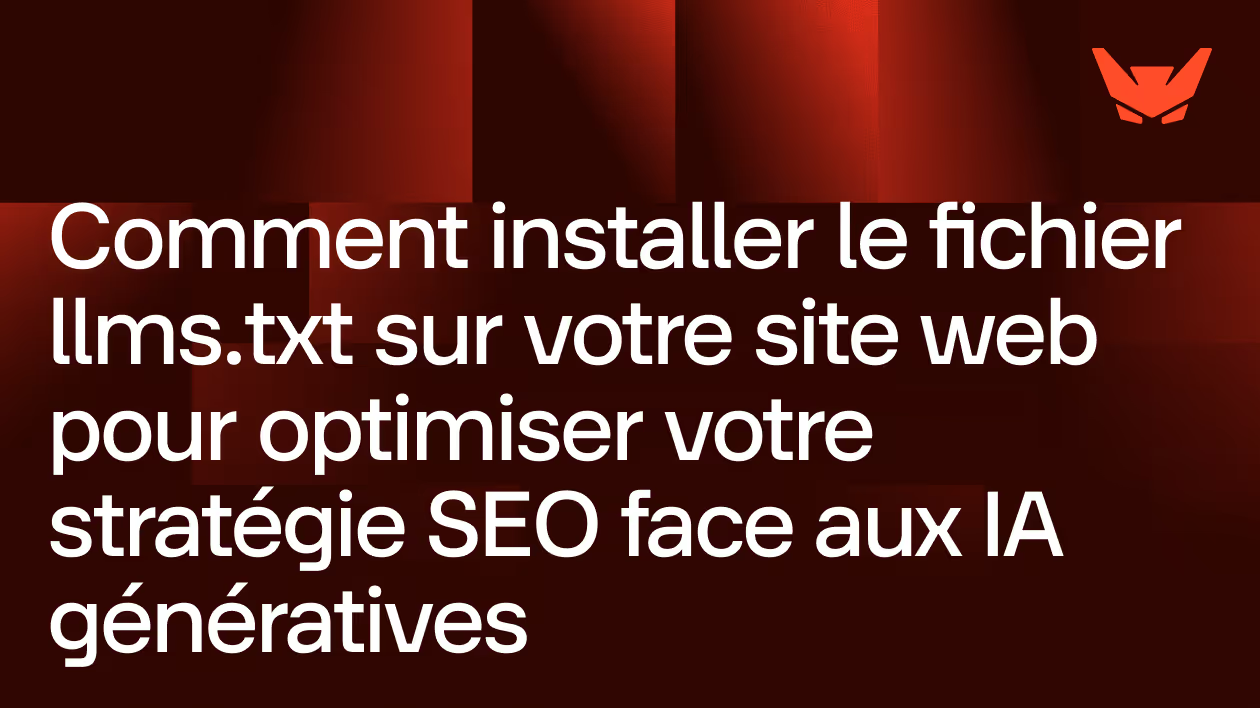SEO
Ask the AI to summarize the term
SEO in a nutshell
SEO, or Search Engine Optimization, refers to all the techniques and strategies put in place to improve the visibility of a website on search engines like Google. The objective of SEO is to increase organic traffic — that is to say, not paid — by positioning web pages in the first results on relevant keywords. This involves optimizing the content, the HTML structure, the loading speed, the user experience, technical tags, and the popularity of the site (incoming links, domain authority...). In an environment as competitive as the web, SEO is a fundamental tool for attracting qualified visitors, improving brand awareness, and increasing the commercial performance of a site without relying solely on advertising.
What is SEO?
SEO is a continuous optimization process that is based on three pillars: technique, content, and popularity. The technical pillar includes all aspects related to the structure of the site, its code, mobile compatibility, security (HTTPS), indexability by Google robots, or even the speed of loading pages. The content pillar concerns the semantic relevance of texts, editorial quality, internal networking, titles, meta tags and search intent. Finally, the popularity pillar is mainly built around netlinking, i.e. the ability to obtain quality incoming links from other authoritative sites in a given theme.
The goal of good SEO is not only to generate traffic, but to capture the attention of a qualified audience — that is, visitors who have a clear intention and are likely to convert. To do this, the site must accurately meet the expectations of Internet users while respecting the criteria for indexing and ranking engines. This is in-depth work, which requires a detailed understanding of user behavior, competition, and the regular evolution of the Google algorithm.
Why is SEO essential for a Webflow site?
Even though Webflow is renowned for its ability to generate clean and well-structured code, SEO does not activate automatically. It must be thought out from the conception of the site, and integrated into every detail of the design, tree structure, content and performance. SEO allows a Webflow site to become visible in search results without depending on paid advertising, which represents a strategic advantage in the long term. Thanks to Webflow's built-in tools, it is possible to easily configure title tags, descriptions, descriptions, slugs, image alt attributes, 301 redirects, sitemap.xml and robots.txt files, as well as Open Graph data for social shares.
SEO is also part of a user experience logic. Google is increasingly rewarding sites that are fast, accessible, secure, and well-organized. A well-optimized Webflow site can thus compete with more technical solutions such as WordPress or Shopify, provided that the content is of high quality and that the technical aspects are taken seriously: title hierarchy, performance on mobile, accessibility, accessibility, loading times, and coherence of the internal network.
Examples of SEO optimizations in Webflow
On-page, off-page and technical SEO: the three dimensions
For a site to be well referenced, it must combine three types of optimization. On-page SEO focuses on content and HTML tags: titles, keywords, keywords, text, internal links, images... Technical SEO ensures that the site is well structured and easily explored by engine robots: performance, security, mobile compatibility, clean architecture. Finally, off-page SEO acts on the reputation of the site: backlinks, external mentions, social shares... These three axes must be worked on in a coherent way, because a weakness on one of them can compromise the overall ranking.
In the case of a Webflow site, technical SEO is often well mastered natively, which makes it possible to focus on content strategy and on the development of popularity. However, nothing should be left to chance: a good Webflow site can fail to position itself if it neglects its content or its link strategy.
Conclusion
SEO is a sustainable growth driver for any website. It is not based on temporary tips, but on a rigorous editorial and technical strategy, which aims to match the user's intention with the site's value proposition. In Webflow, SEO is a natural ally: with a clean code, total freedom over content, and an interface that allows metadata to be finely worked on, everything is in place to perform. It is still necessary to integrate this logic from the design phase, and to feed it regularly with relevant, structured and conversion-oriented content.


